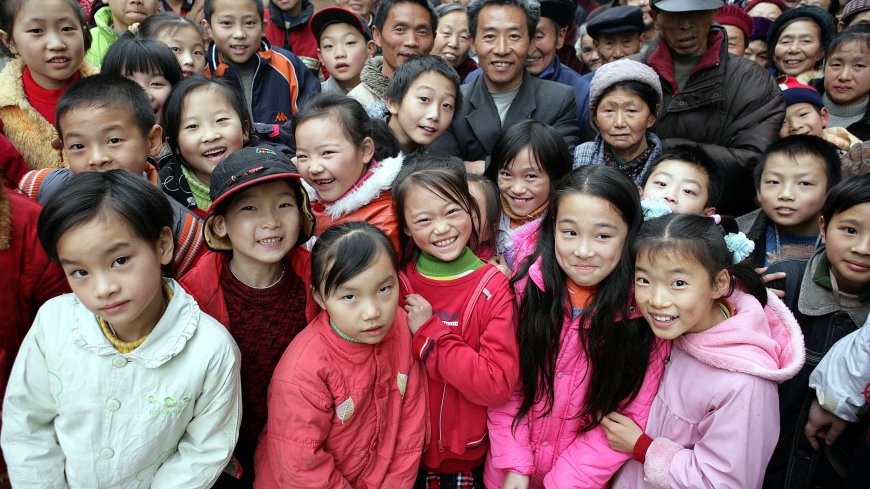Unlocking Academic Success: The East Asian Approach to Education Revealed
Discover the secrets behind East Asian academic success! Explore how a cultural emphasis on parental involvement and a unique student mindset contribute to superior learning outcomes. Uncover the myths surrounding innate aptitude and learn how to foster a dedication to learning in your child. Delve into the differences between East Asian and Western educational philosophies, challenging conventional beliefs. Explore why East Asian students excel and what the West can learn from this approach.

As the new academic year unfolds, let's delve into the striking disparities in educational priorities between East Asian countries and the United States. While Western parents often juggle concerns about their child's engagement in various activities, East Asian parents have a singular focus: Will their child truly learn?
Rethinking Responsibilities: Cornelius N. Grove, a respected East Asian education researcher, challenges two prevailing Western beliefs. Firstly, the notion that teachers bear sole responsibility for student achievement, and secondly, the idea that parents play a secondary, supportive role. Grove advocates for a paradigm shift where East Asian culture positions parents as primary educators, with teachers supporting their endeavors.
Effort Over Aptitude: Contrary to the assumption of innate aptitude, studies reveal that East Asian students in the U.S. don't start kindergarten with a cognitive edge. Instead, their success is rooted in a belief in achievement through effort, not genetics. Embracing failures as opportunities for improvement, East Asian students redirect their study plans, fostering a profound dedication to learning.
The Tiger Mother Phenomenon: The infamous "Tiger Mother" phenomenon, exemplified by Yale professor Amy Chua, sheds light on the passionate and involved approach of Asian parents. Seeing themselves as their children's primary educators, these parents extend their deep cultural respect to the classroom. East Asian students approach learning with reverence, rarely interrupting teachers, and often continue research independently after class.
Balancing Extracurriculars: Grove argues that the American emphasis on extracurricular activities may impede classroom receptiveness. In East Asia, where children are less exposed to such activities, classroom learning is seen as integral to becoming one's best self and a valuable community member.
A Shift in Parental Mindset: Contemplating whether American parents would embrace a model increasing their responsibilities, Grove suggests a shift in mindset. Courage is needed to move away from constantly bolstering children's self-esteem when they face challenges. Additionally, Grove encourages a reconsideration of the widespread ideal of a "well-rounded child." The focus should shift towards academic excellence without sacrificing creativity and innovation.
Conclusion: Explore the East Asian education model, challenge conventional beliefs, and consider how a shift in mindset could benefit the academic success of future generations..' Now, rewrite the blog post in standard conversational English, in an SEO-friendly manner, using headings, subheadings, and whatever is necessary for this section.







